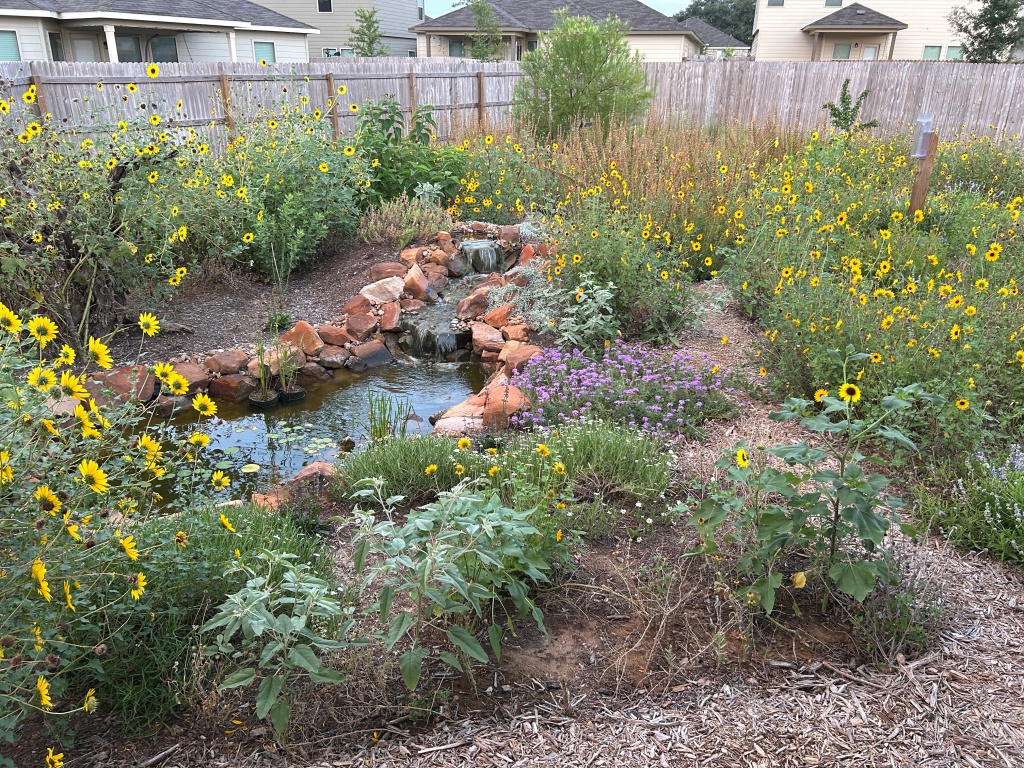Have you ever seen beautiful green fields? Those fields can be made with native grasses. Planting native grasses is fun and helpful. It helps the environment and looks nice too. Let’s learn more about native grasses!
What Are Native Grasses?
Native grasses are special plants. They grow in specific places naturally. They do not need much care. This means they are very strong. They can live in many conditions. They are used to their home soil and weather.
Why Plant Native Grasses?
There are many reasons to plant native grasses. First, they are good for the soil. They keep it strong and healthy. Second, they help animals. Many birds and insects like native grasses. They use them for homes and food.
Third, native grasses save water. They do not need much water to grow. This is good for dry places. Lastly, they are easy to care for. You do not need to cut them often. They grow at their own pace.

Credit: kb.jniplants.com
How to Plant Native Grasses
Planting native grasses is easy. You only need a few tools. Follow these steps to start:
- Choose the Right Grass: First, find out which grasses grow in your area. This is important. You want grasses that fit your local weather.
- Prepare the Soil: Next, clear the area where you will plant. Remove any weeds and rocks. Break up the soil a little. This helps the grass roots grow.
- Plant the Seeds: Now, spread the seeds on the soil. Try to spread them evenly. You can use your hands or a tool.
- Cover the Seeds: Lightly cover the seeds with soil. Do not cover them too much. Just a thin layer is enough.
- Water Gently: After planting, water the area. Be gentle with the water. Do not wash away the seeds.
Caring for Native Grasses
Native grasses do not need much care. But you should watch them. Make sure they are growing well. Here are some tips:
- Water Sparingly: Do not water too much. Native grasses like dry soil. Only water if there is no rain for a long time.
- Remove Weeds: Check for weeds often. Pull them out by hand. Weeds can steal nutrients from the grass.
- Trim Occasionally: You do not need to cut native grasses often. But you can trim them if they get too tall.
- Watch for Pests: Look for insects that may harm the grass. If you see many, ask an expert for help.
Benefits of Planting Native Grasses
There are many benefits to planting native grasses. These benefits help you and the planet.
| Benefit | Explanation |
|---|---|
| Soil Health | Native grasses keep the soil strong and full of nutrients. |
| Water Conservation | They require less water, saving this precious resource. |
| Wildlife Habitat | They provide homes and food for birds and insects. |
| Low Maintenance | They grow with little care, saving you time and effort. |
Challenges of Planting Native Grasses
Planting native grasses can have challenges. Some challenges include:
- Finding the Right Seeds: Sometimes it is hard to find the right seeds. Check local garden stores or online.
- Patience Needed: Native grasses grow slowly. It takes time for them to cover an area.
- Weather Changes: Bad weather can affect growth. Be ready to protect your plants if needed.

Credit: www.homesandgardens.com
Frequently Asked Questions
What Are Native Grasses And Why Plant Them?
Native grasses naturally grow in your area and need less water and care than other plants.
How Do Native Grasses Benefit The Environment?
They help prevent soil erosion, support wildlife, and use less water than non-native plants.
When Is The Best Time To Plant Native Grasses?
Early spring or fall is best for planting native grasses for strong root growth.
How Much Water Do Native Grasses Need?
Native grasses need little water once established, saving you time and resources.
Conclusion
Planting native grasses is a great idea. It helps nature and looks beautiful. You do not need much time or effort to care for them. Just follow the steps we talked about. Soon, you will have a lovely green area to enjoy.
Remember, always choose the right grasses for your area. This will make sure they grow well. Happy planting!
4 min read

